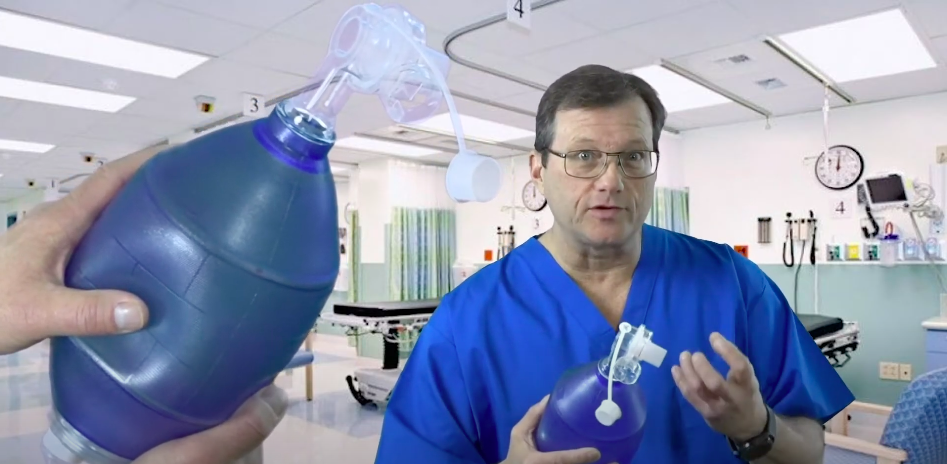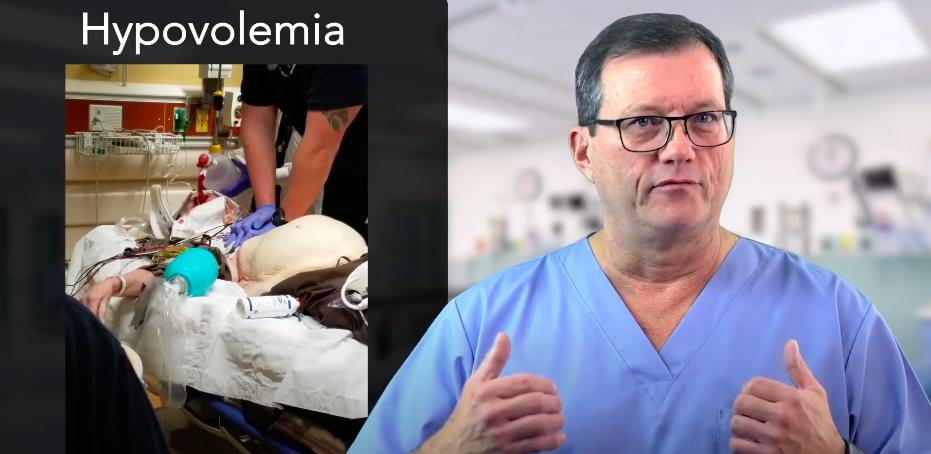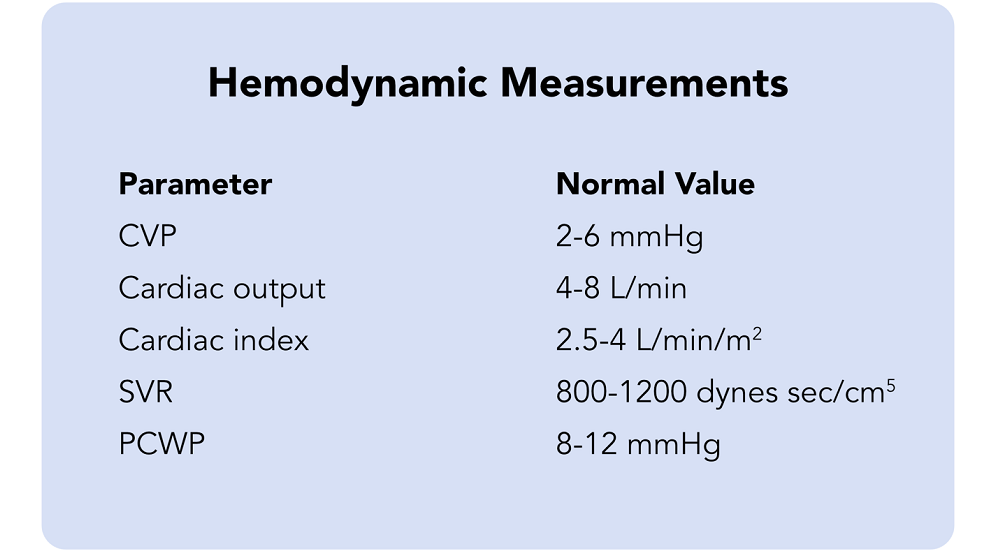Synchronized Bag-Valve-Mask Ventilation for Inadequate Breathing
ACLS Certification Association videos have been peer-reviewed for medical accuracy by the ACA medical review board.
Article at a Glance
- Bagging a patient provides positive pressure ventilation.
- The provider should keep some pressure on the bag to support the patient’s spontaneous breaths rather than overriding the breaths.
Let’s say there’s a patient who is breathing spontaneously but inadequately — only breathing five or six times a minute. You must supplement those breaths with positive pressure ventilation. The issue is that oftentimes, you end up wrestling with the patient. The patient’s fighting you as you attempt to bag them. One trick to overcome this is to keep a little pressure on the Ambu bag (also known as a bag-mask) with your thumb after you administer a breath. If the patient tries to take a breath, you’ll feel it and support that breath. One tip is to leave a little pressure on the Ambu bag with your thumb after administering a breath. Read: ACLS Drugs – Lidocaine If the Ambu bag is completely inflated with no pressure, the patient is trying to take a breath. You must make sure to feel this. If you fail to and the patient’s trying to breathe but can’t, you’re suffocating them. Therefore, keep a little pressure on the bag with your thumb. When you feel the breath, you can support it. If the patient doesn’t take a breath in five or six seconds, administer a breath. This way, you maintain synchrony with the patient’s spontaneous breaths. Your patient will be better oxygenated, better ventilated, less sedated, and more comfortable.Synchrony of Bagging

Related Video – Can Infants Be Fitted With an Adult Ambu Mask?
Summary
If a patient is spontaneously but inadequately breathing, you must supplement their breath with positive pressure ventilation. Keep pressure on the Ambu bag with your thumb to feel when the patient is spontaneously breathing. That way, you’re in synchrony with their breaths to deliver more oxygen.
More Free Resources to Keep You at Your Best
Editorial Note
ACLS Certification Association (ACA) uses only high-quality medical resources and peer-reviewed studies to support the facts within our articles. Explore our editorial process to learn how our content reflects clinical accuracy and the latest best practices in medicine. As an ACA Authorized Training Center, all content is reviewed for medical accuracy by the ACA Medical Review Board.

